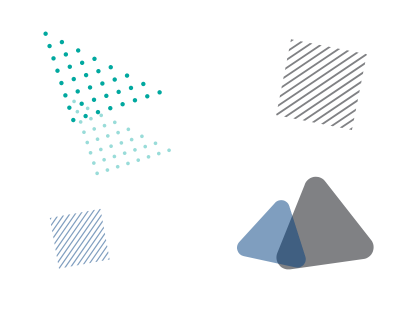What is a translation memory?
A translation memory is a database that stores sentences, paragraphs or segments of text that you have translated before. Each entry, or segment, in the translation memory includes the original language, known as the ‘source’, and its translation, known as the ‘target’. These pairs are called translation units, or ‘TUs’.

More about translation memory
How does a translation memory work?
Translation memories sit at the heart of computer-assisted translation (CAT) software. When you open the document you want to translate (the source file) in the CAT tool, the translation memory checks to see whether any of the content has been translated before. If a source segment is identical to one that has been translated in the past, it’s indicated as a 100% match. If it’s similar, but not exact, it’s called a ‘fuzzy match’.
What are the benefits of translation memories?
Using translation memories means linguists don’t have to translate the same content more than once – the more you translate, the larger the translation memories become and the more leverage you receive. With translation memories, you can:
- Deliver faster time to market: Translators can spend their time focusing on translating new content, rather than translating everything from scratch, ultimately speeding up the translation process.
- Improve quality: By leveraging segments you have translated before you can increase consistency throughout your document and across projects. With everyone working with the same translation memory (e.g. across different departments) you can ensure a consistent tone of voice.
- Reduce translation cost: Reusing previously translated content also brings down costs. As a rule, translation leveraged from a TM is charged at a lower per-word rate than new content.
How does a translation memory differ from machine translation?
Translation memories are created by a professional translator and reuse content that has been previously translated to improve the speed, quality and consistency of future translations. Machine translation (MT) automatically translates without any human input. MT tools are fast, but can produce lower-quality translations as a machine is not able to fully understand the context or subtleties of language. As a result, quality and accuracy isn’t as good as a translation by a person.
Machine translation does have its uses, however, particularly when used in conjunction with a translation memory to increase the overall speed of a translation.




